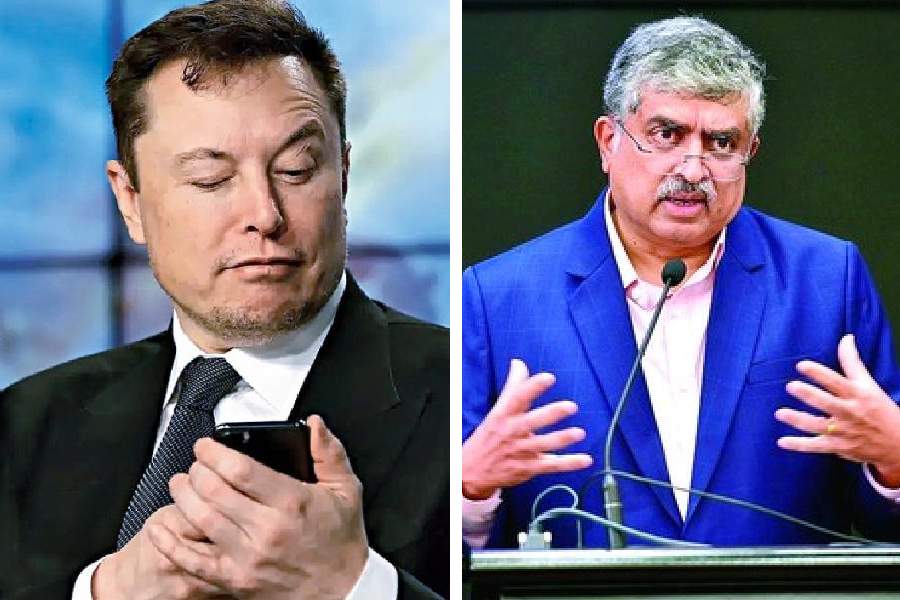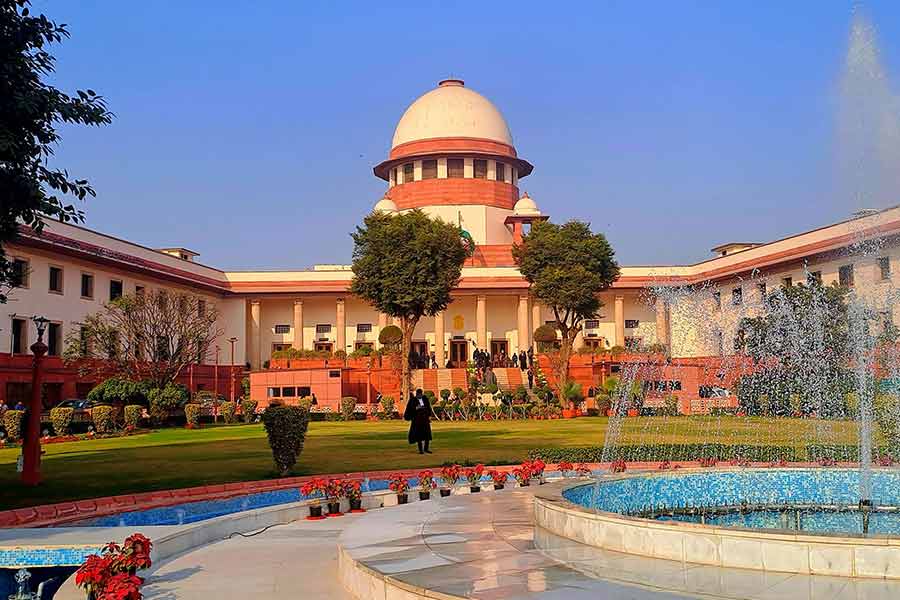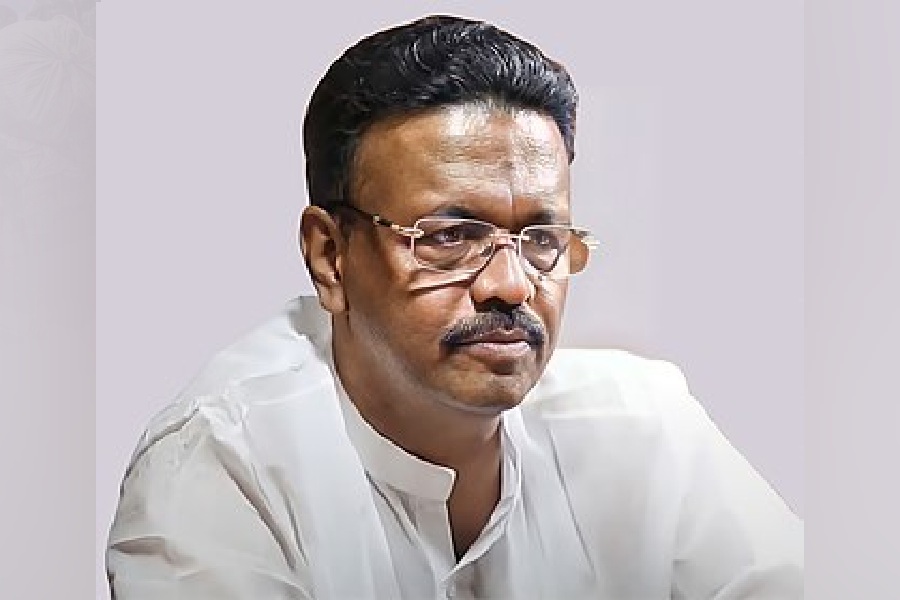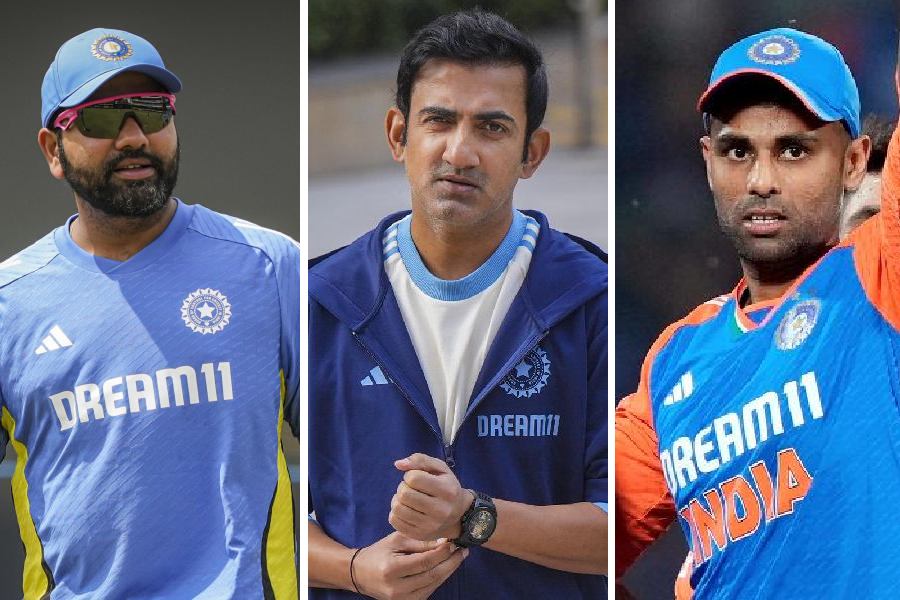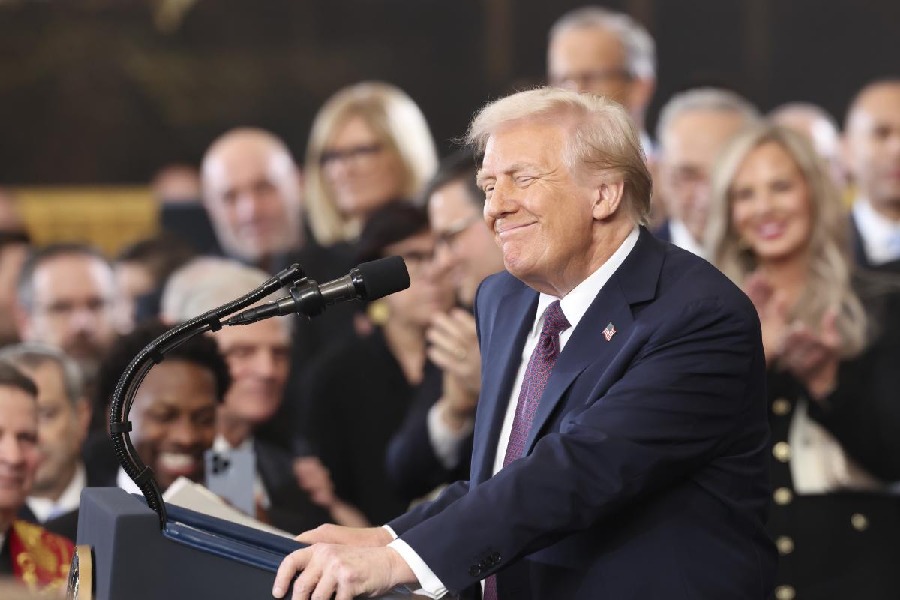At first glance, tech moguls Nandan Nilekani and Elon Musk may seem like polar opposites. Nilekani, the architect of India’s groundbreaking Aadhaar system and a key driver of UPI that revolutionised digital transactions, has devoted a big chunk of his career working through consensus to streamline India’s overburdened public services. In contrast, Musk, the maverick entrepreneur behind Tesla, SpaceX, and Neuralink, is a disruptor renowned for his boundary-pushing ambitions to colonise Mars and rewire human cognition.
Yet, despite their differences in style, the two men share strikingly similar goals: to revolutionise inefficient systems by making them more efficient, accessible and transformative -- albeit in radically different ways.
Nilekani’s crowning achievement was Aadhaar, the 12-digit biometric ID that transformed governance, streamlining welfare delivery for over 1.3 billion Indians, tackling corruption and saving massive sums of taxpayers’ money.
Aadhaar has served as the foundation stone of what’s known as the “India Stack” which powers everything from cashless payments to the cloud-based DigiLocker, enabling people to securely store key documents. Globally, "the Stack" now is being seen as a blueprint for digital public infrastructure.
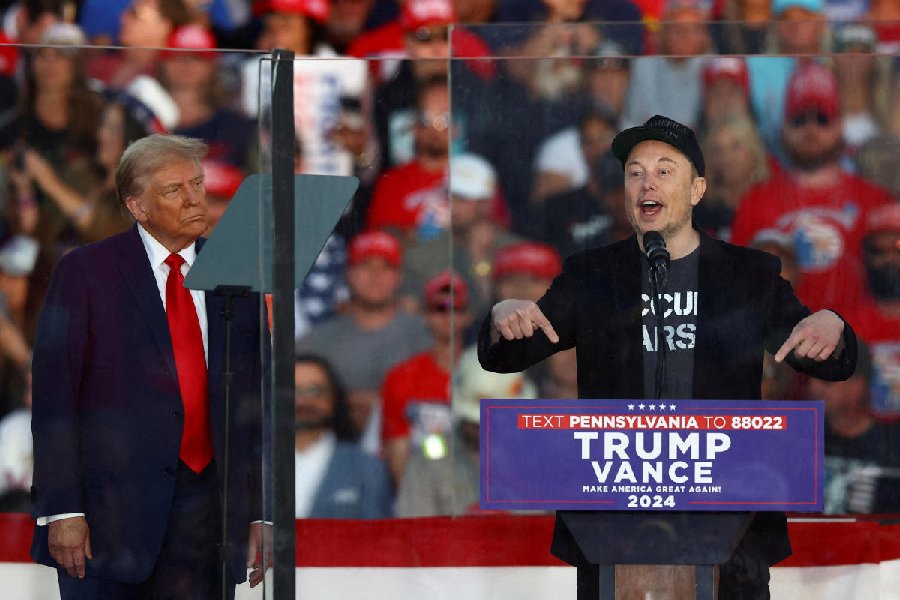
Donald Trump with Elon Musk/ File
Musk, meanwhile, aims to apply his Silicon Valley-style efficiency to the bloated US federal government as head of President Donald Trump’s newly minted Department of Government Efficiency (DOGE). His goal? To slash $2 trillion from the $6.75-trillion federal budget by cutting jobs, axing regulations and even introducing cryptocurrency into public payment systems.
“We’re talking about an unprecedented level of streamlining,” Musk declares, outlining his radical vision to transform the US government into a Silicon Valley-style operation. “The bureaucracy is drowning in inefficiency.”
Musk’s slash-and-burn approach has already earned him notoriety. He famously fired 80 per cent of Twitter’s workforce over a single weekend. But federal employee unions and economists warn that Musk’s radical vision may oversimplify the complexities of government systems and could significantly hit the delivery of essential public services like pensions and medical benefits. Cutting jobs, after all, addresses just a fraction of the US budget, while deeper reforms in entitlements or defence spending remain politically perilous.
Nilekani, in contrast, rewired India’s governance from within, relying on collaboration rather than confrontation. Backed by Congress leader Rahul Gandhi, who saw Aadhaar as “a bridge that connects the poorest of the poor to their rightful entitlements", Nilekani was handpicked by the government to chair the Unique Identification Authority of India (UIDAI) in 2009.
The Infosys chairman’s journey wasn’t without hurdles. Gandhi deserves credit for recognising that technology could transform the workings of government at multiple levels. That he wasn’t able to implement such ideas to their full potential was almost certainly because of the internal opposition he faced from many of the party’s most familiar faces who viewed tech-focused ideas as urban-centric, disconnected from grassroots job and development concerns, and an invasion of privacy.
Critics outside the party slammed Aadhaar as a surveillance tool. Despite this, Nilekani’s collaborative approach — building consensus and working within regulatory frameworks — helped Aadhaar become the backbone of Digital India and thrive.
Initially, while in Opposition, the BJP derided Aadhar as a “waste of money.” But after coming to power, Prime Minister Narendra Modi seized on its potential, supercharging its implementation and making digital transformation central to his government's agenda.
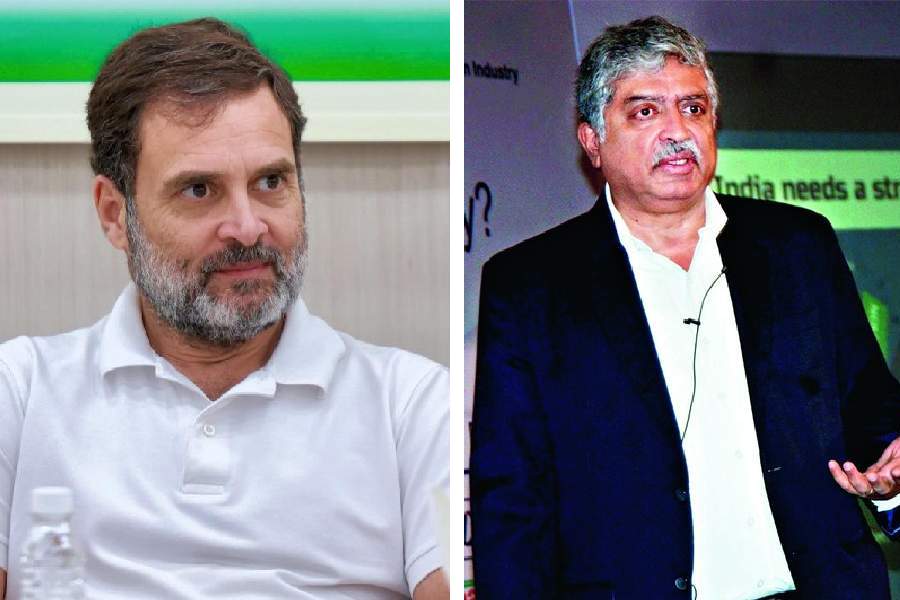
Rahul Gandhi and Nandan Nilekeni
Modi’s administration linked Aadhar to Direct Benefit Transfers (DBT) for LPG subsidies, pensions, and wages under MGNREGA. By 2018, Aadhaar’s coverage had reached over 90 per cent of India’s population, up from 50-to-60 per cent during the Congress years, saving what the government claimed was Rs 90,000 crore by eliminating ghost beneficiaries and duplicate accounts.
Under the BJP, Aadhaar’s impact has extended far beyond welfare. Its integration with the Unified Payments Interface (UPI) was a game-changer. It became the scourge of Mastercard and Visa by eliminating merchant fees, bypassing cards with direct bank transfers, and offering a free, seamless, and government-backed payment alternative that scaled rapidly. It turned India into a global leader in digital payments, powering platforms like Google Pay and Paytm. Nilekani’s legacy is a testament to the power of incremental, systemic change.
But not all Indians are applauding. Critics argue Aadhaar’s ubiquitous integration with banking, healthcare, and tax systems infringes on privacy. Nilekani insists otherwise: “Aadhaar was never about collecting data – it’s a tool for verification. Aadhaar was never about collecting data on you,” Nilekani emphasises.
While Nilekani works within systems, Elon Musk thrives on breaking them. As head of Tesla, SpaceX, Neuralink, and infrastructure firm The Boring Company, Musk has made disruption his signature. Now, he’s taking his iconoclastic approach to Washington. Appointed head of the newly created US Department of Government Efficiency (DOGE) by President Donald Trump, Musk has set his sights on slashing $2 trillion from the bloated federal budget. His plan? Ruthlessly cut jobs, streamline bureaucracy, and integrate cutting-edge technology — including cryptocurrency — into public systems.
“We need to bring Silicon Valley’s speed and innovation to government,” Musk says. Musk’s track record suggests he’s serious. At Twitter (now X), he gutted 80 per cent of the workforce in a single weekend. Tesla and SpaceX have seen big workforce reductions under his leadership.
However, critics argue that Musk’s slash-and-burn tactics could cripple essential services. Federal labor unions, representing millions of workers, warn that mass layoffs could devastate already stretched agencies like Veterans Affairs and Homeland Security. “Eliminating 25 per cent of federal jobs would save roughly 1 per cent of total federal spending,” notes economist Brian Riedl. Labour costs are a drop in the bucket.
Musk’s boldest idea yet? Integrating Dogecoin -- launched in 2013 as a parody by two software engineers who aimed to create a playful, accessible cryptocurrency that has since defied the odds to become one of the best-known cryptocurrencies -- into the federal payments system. Musk envisions using Dogecoin as a transparent, tamper-proof platform for welfare distribution and tax collection. Critics, however, cite cryptocurrency’s volatility and speculative nature as significant barriers. “It’s a high-risk gamble,” says one economist, “and the stakes are enormous.”
Despite their contrasting styles, Nilekani and Musk share a common goal: leveraging technology to eliminate inefficiencies and improve lives. Nilekani’s Aadhaar streamlined welfare delivery, slashing corruption and ensuring benefits reached the poorest. Musk aims to overhaul US governance, cutting through bureaucratic red tape to create a lean, efficient state apparatus. Both envision a future where governments operate with the speed and efficiency of a tech company.
However, their methods couldn’t be more different. Nilekani’s hallmark is collaboration. He builds coalitions, works within existing frameworks, and relies on a team of experts to drive change. His approach is steady and systemic. Musk, by contrast, is the quintessential disruptor. He challenges norms and smashes through obstacles to achieve his goals.
While Nilekani’s Aadhaar quietly reconfigured India’s governance, Musk’s plans for DOGE are loud, ambitious, and controversial.
Musk’s vision for DOGE faces other hurdles. Federal agencies are entrenched institutions with powerful stakeholders. Labor unions, politicians, and advocacy groups are gearing up for a fight. Moreover, Musk’s dual role as a government advisor and CEO of Tesla and SpaceX raises questions about conflicts of interest. Critics warn that blurring the line between public service and private gain could set a dangerous precedent.
But the impact of Nilekani and Musk’s ambitions is undeniable. Aadhaar has transformed India’s governance, creating a model for other nations to follow. It’s a testament to how technology, when deployed thoughtfully, can drive systemic change. Musk’s ventures, from electric vehicles to reusable rockets, have redefined entire industries. His plans for DOGE, while controversial, could usher in a new era of tech-driven governance in the US.
Both men embody the potential of technology to reshape the world and offer a glimpse into a future where technology, innovation, and bold leadership can overcome even the most entrenched inefficiencies and rewrite the playbook for change.

